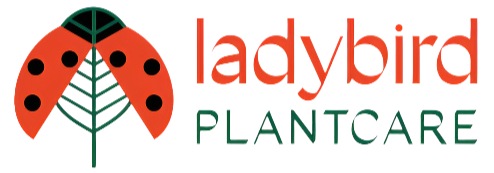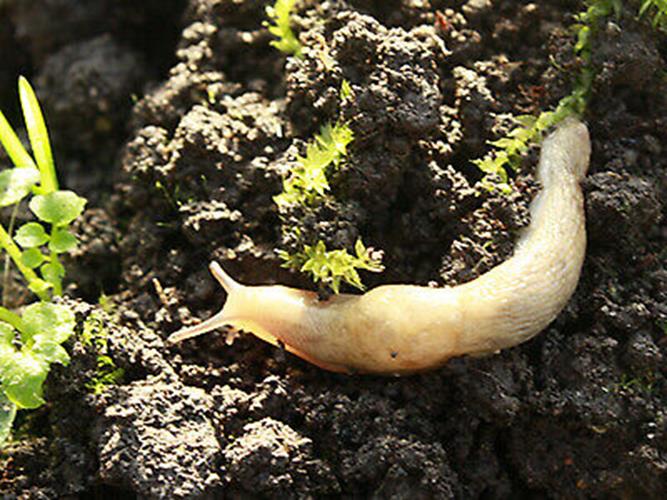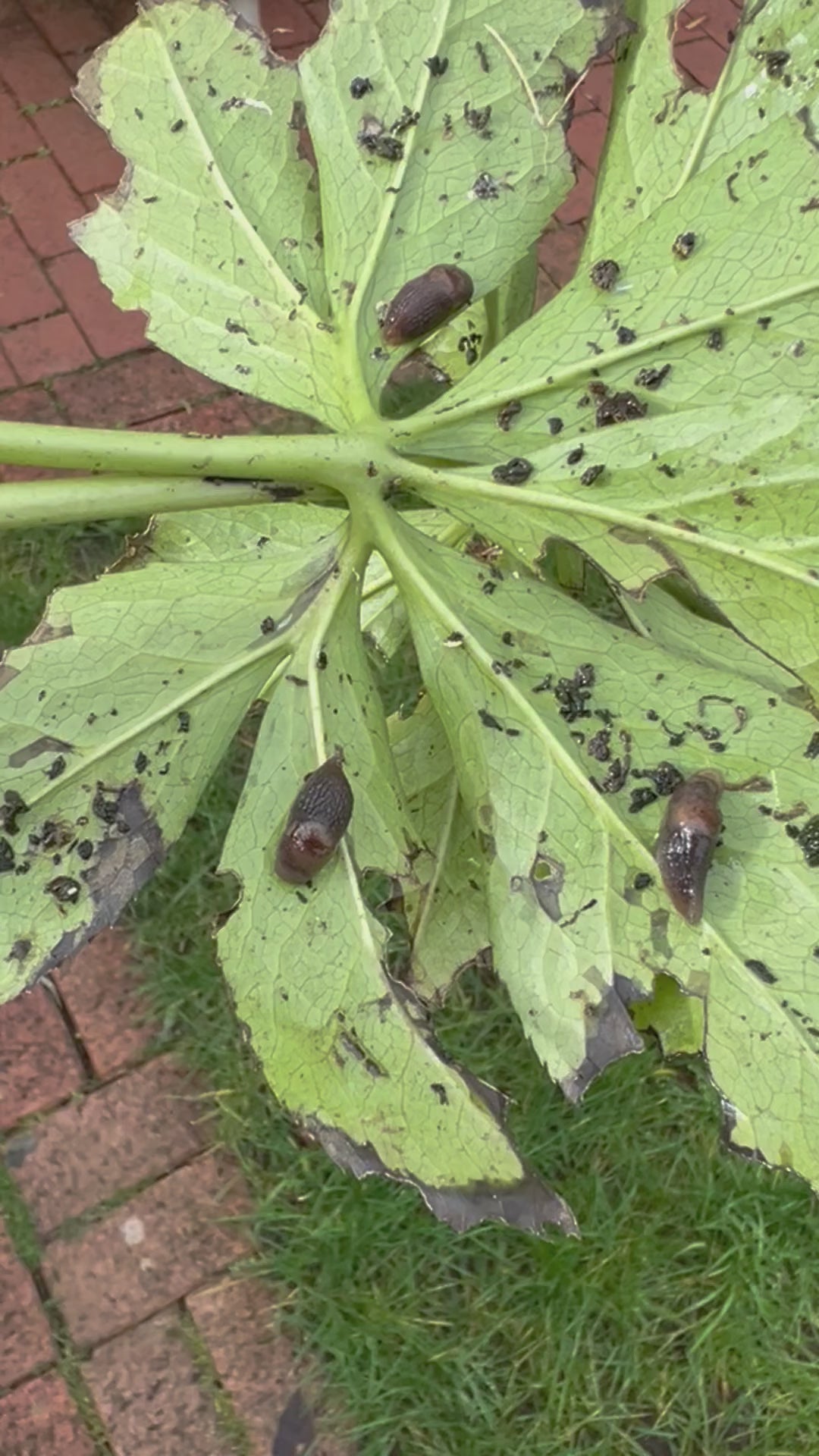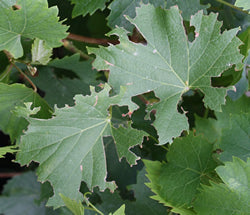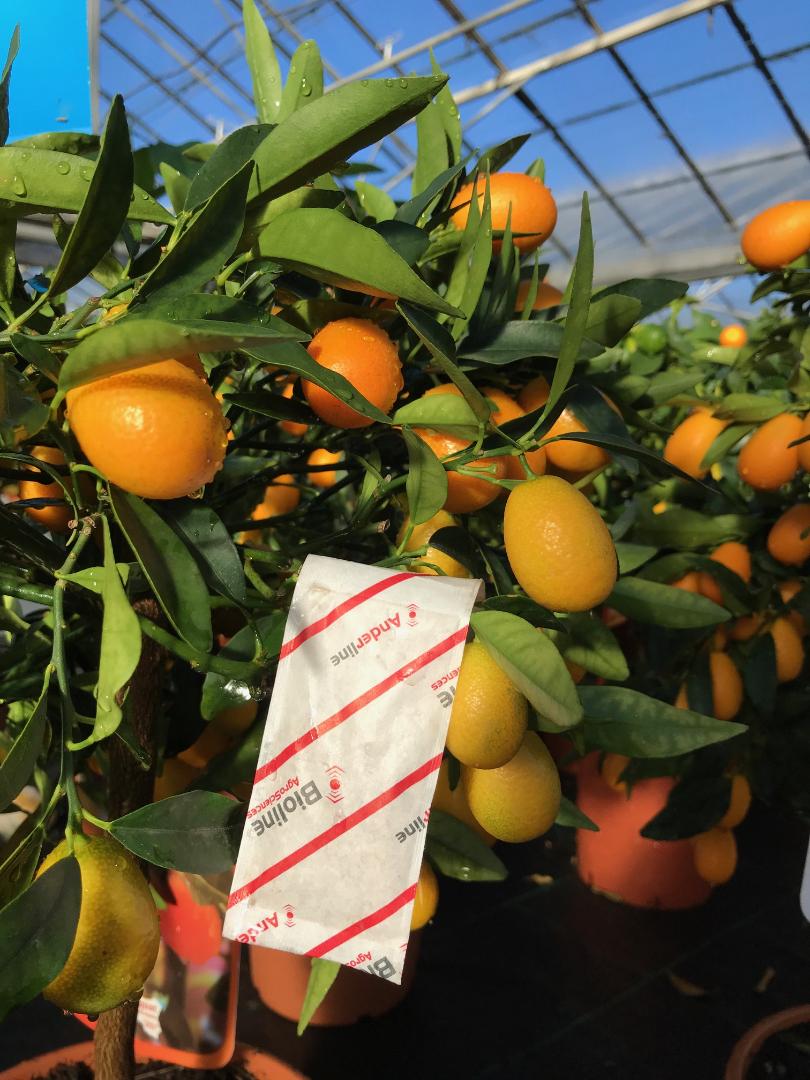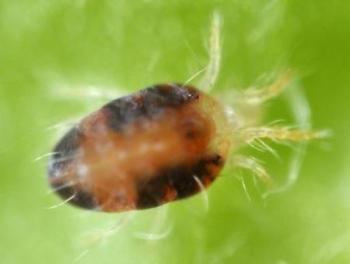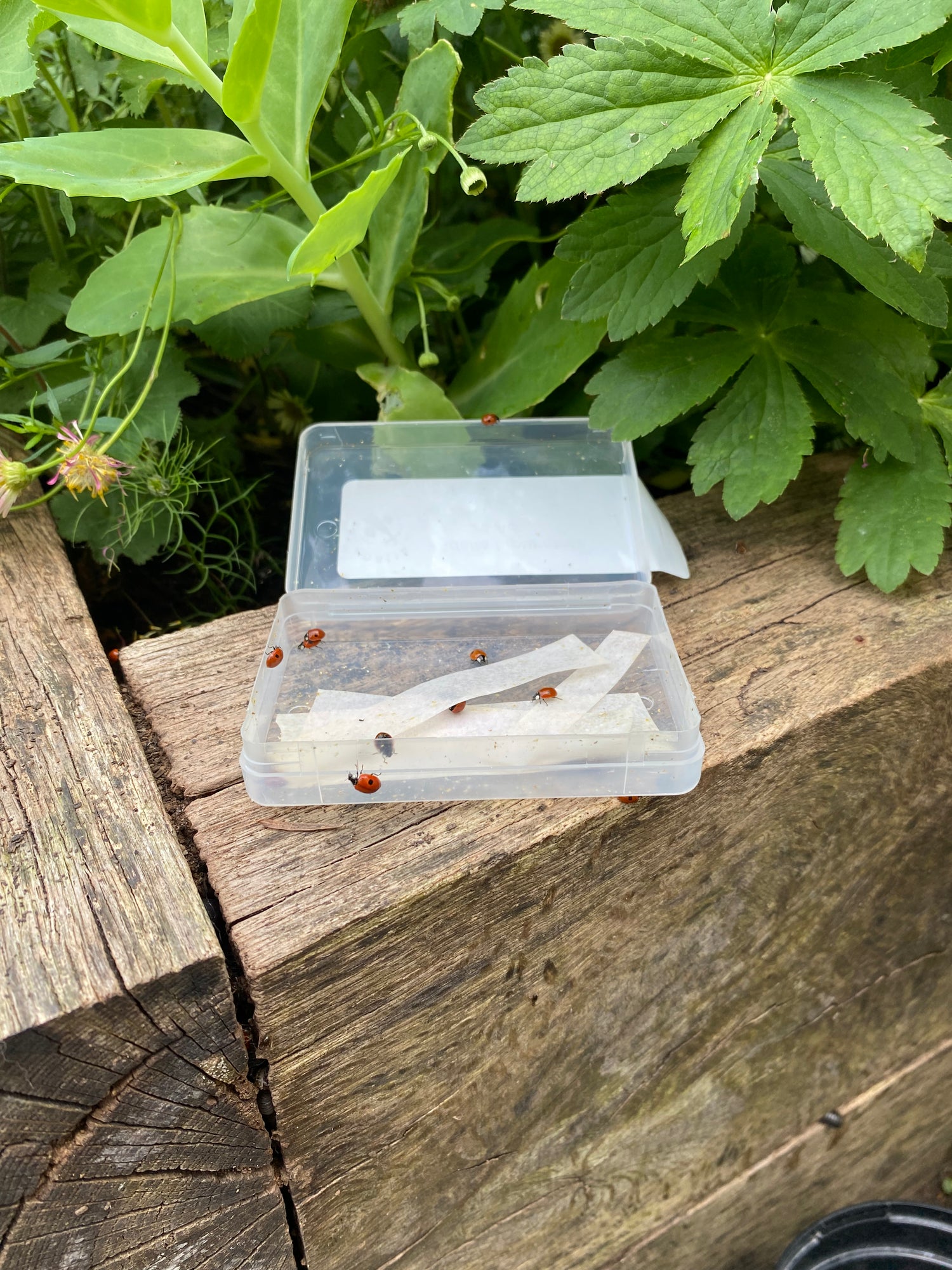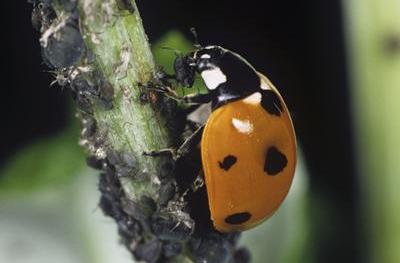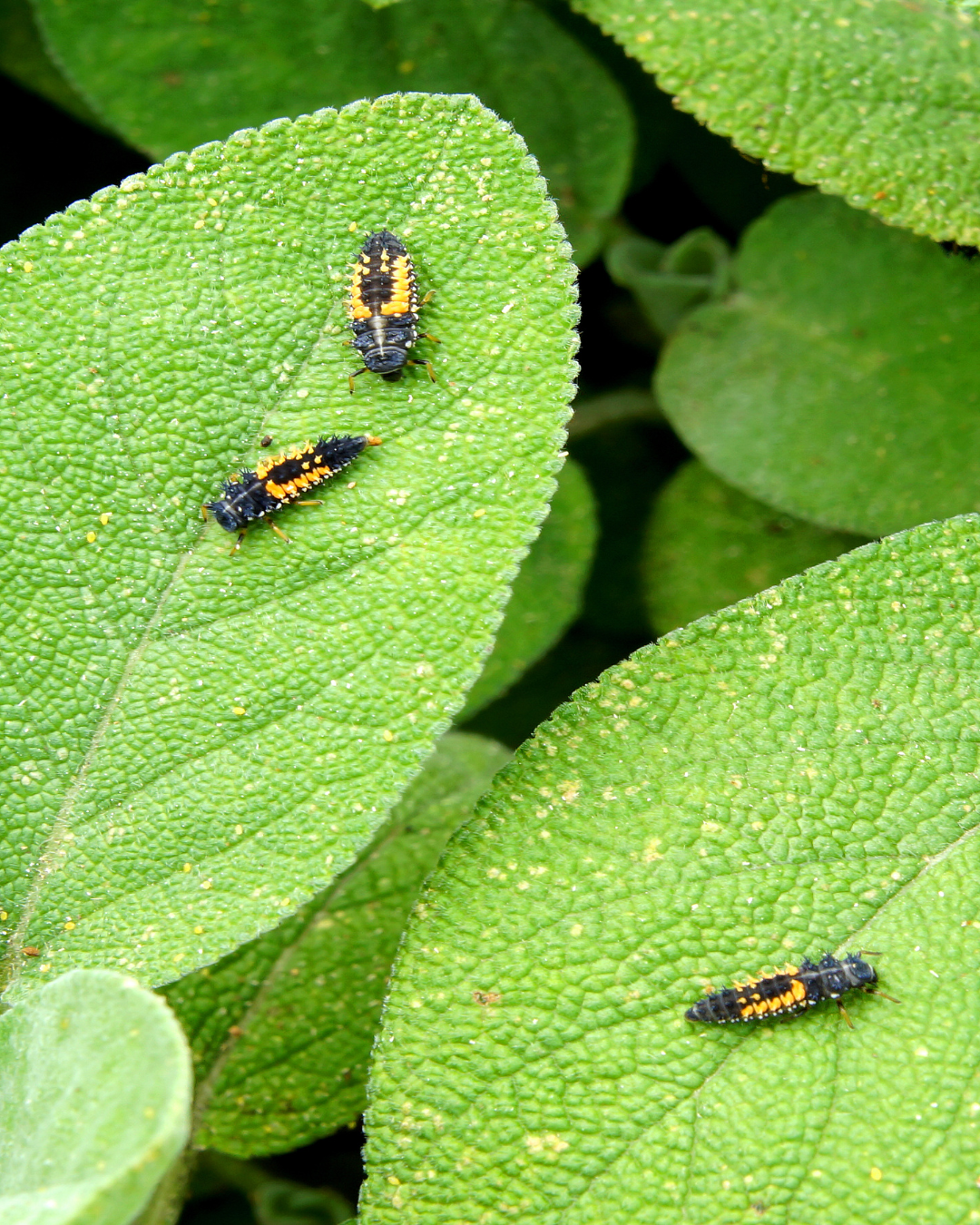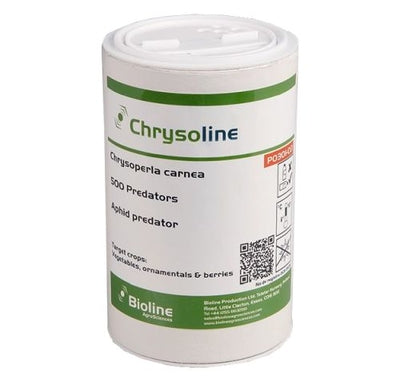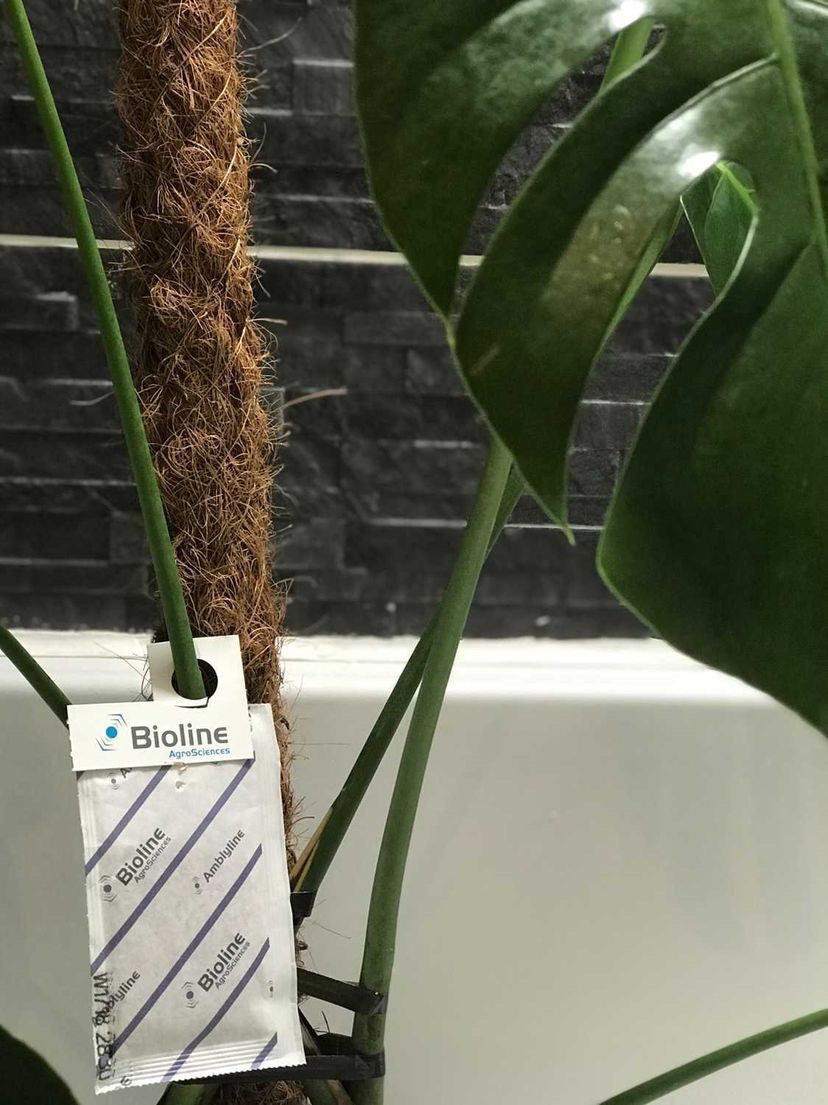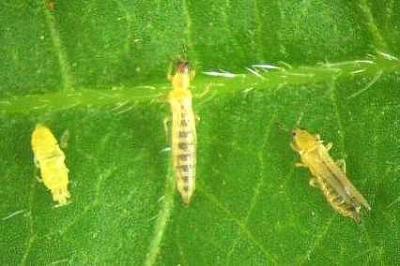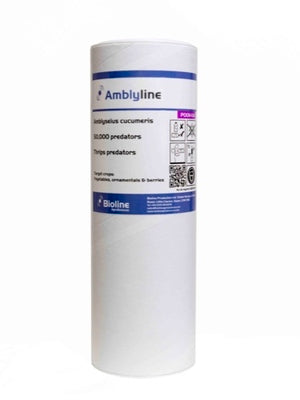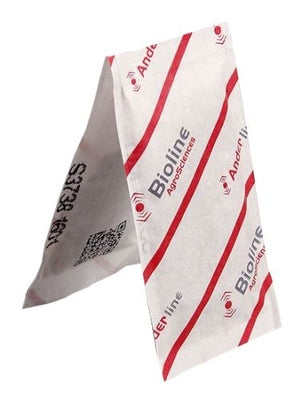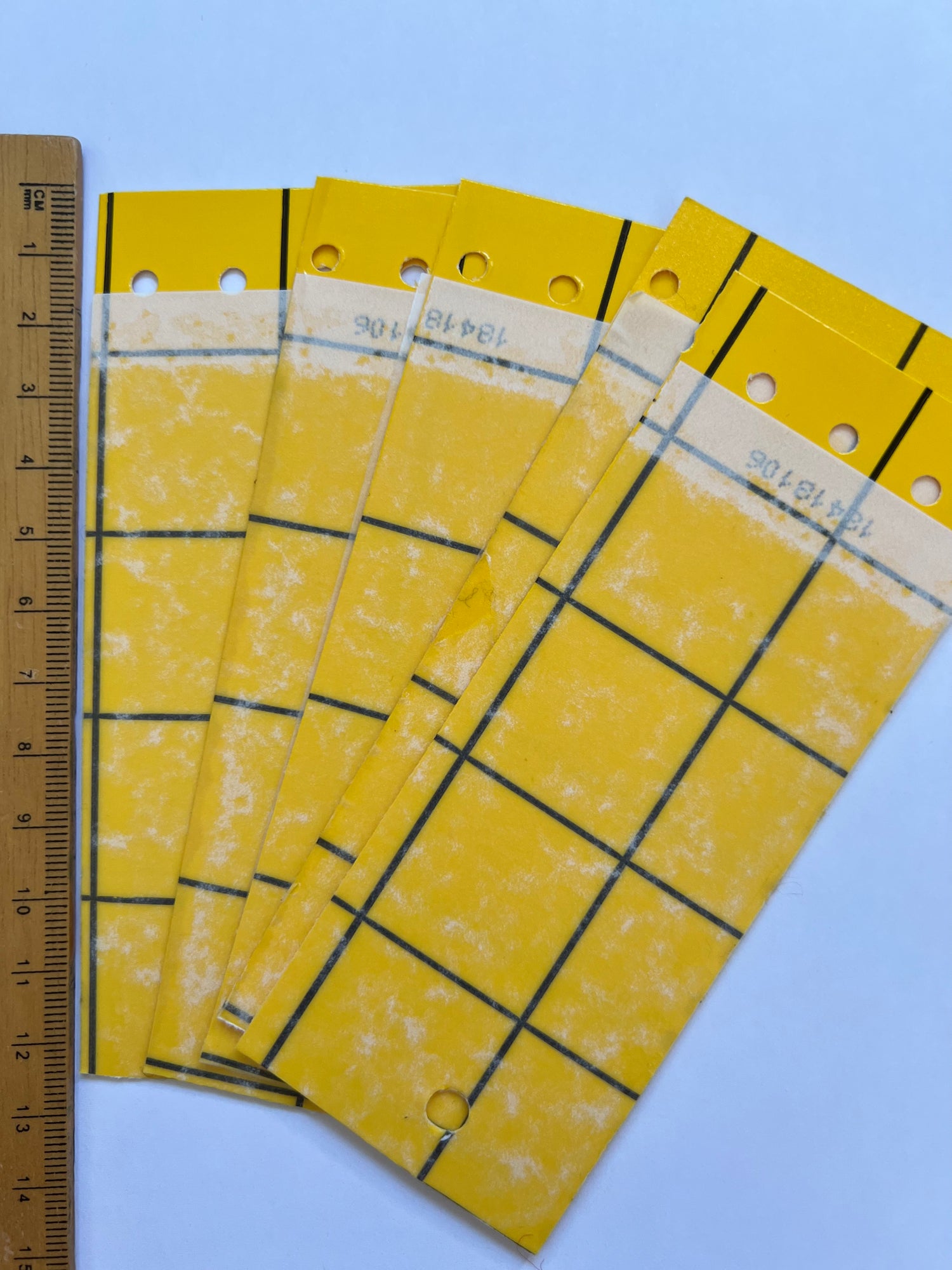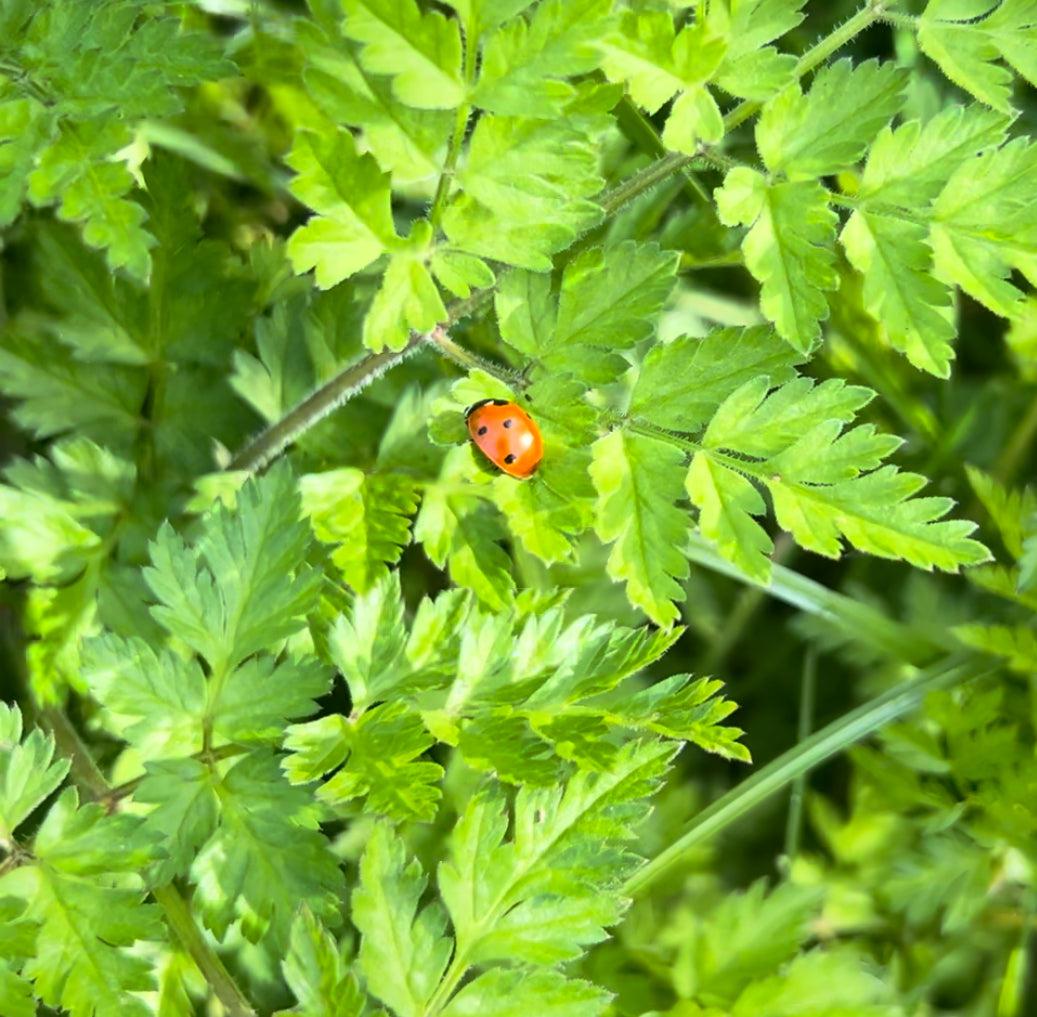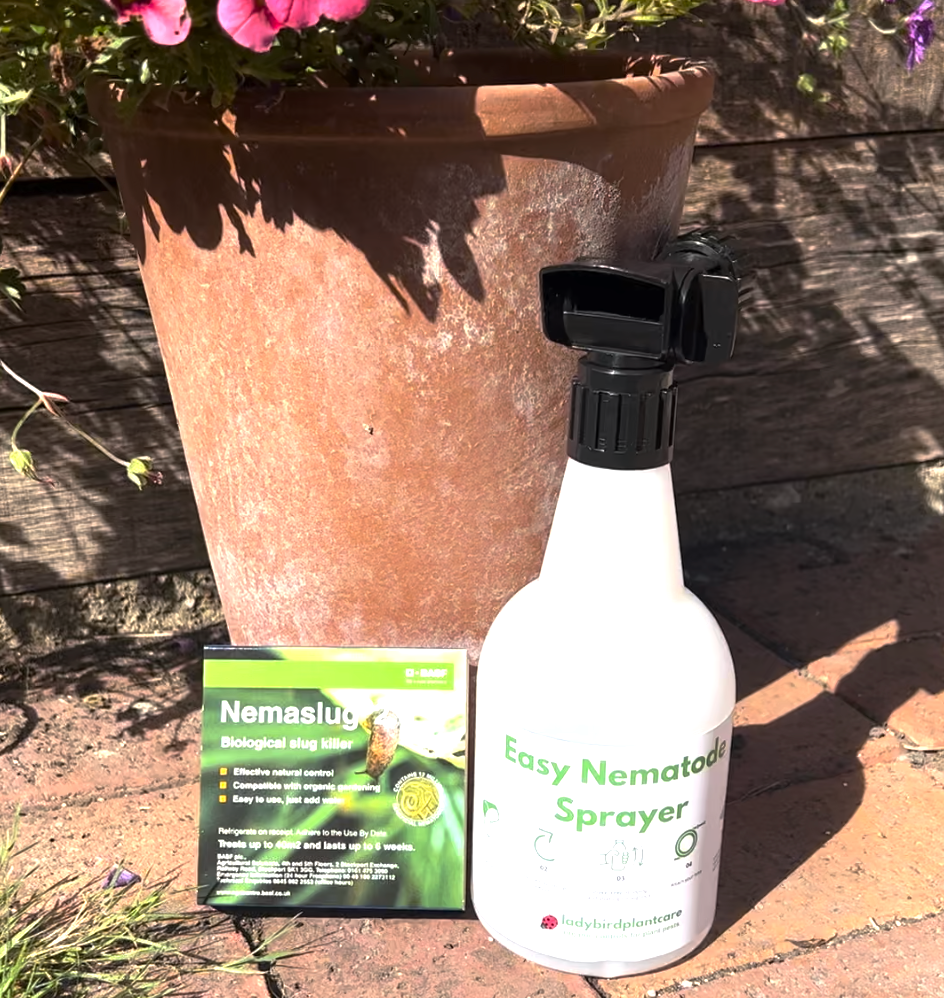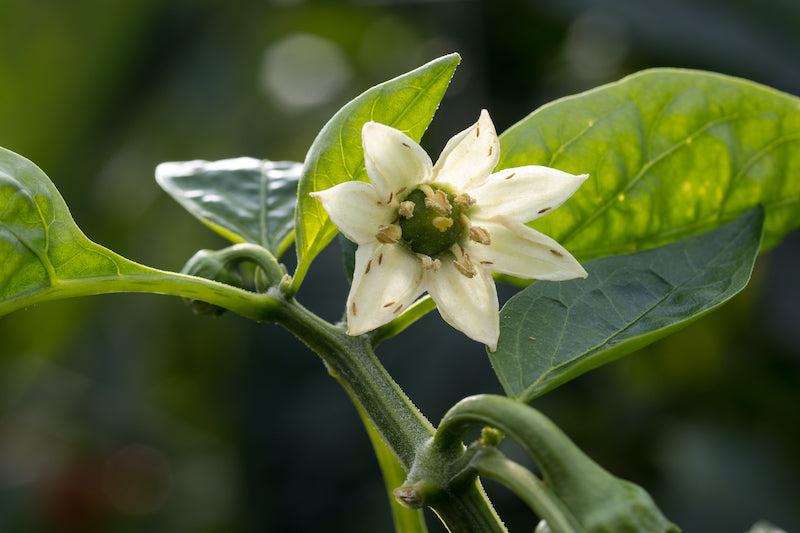EARLY SEASON CONTROLS
Sort by:
9 products
9 products
Shipping 2nd week January onwards
Nemaslug Alternative
Treats 40 sqm - use when soil temperature is above 5°C. This is a great alternative to Nemaslug, it works in exactly the same way.
We supply packs of microscopic beneficial nematodes, Phasmarhabditis californica, (eelworms) which are watered into pots or open ground. This is a perishable product, do not buy in advance.
You can read the application instructions HERE.
Slugs eat leaves, stems and roots of plants, weakening them and often causing them to die.
They leave slimy trails over plants and soil, and are particularly devastating to seedlings and cuttings. Slugs leave their own individual scent trails so they can find their way home. There are other creatures (like caterpillars) who make big holes in leaves, but if you see the tell-tale slime, then slugs are the culprit!
Slugs come in many shapes and sizes and are commonplace around the garden, particularly in damp conditions.
Infestations are less serious in dry weather but tend to become a problem during prolonged rainy weather. An individual grey field slug has the potential to produce 90,000 grandchildren and has approximately 27,000 teeth!
They live underground during the day, emerging at night to feed. One cubic metre of garden will on average contain up to 200 slugs.
We supply packs of microscopic beneficial nematodes, Phasmarhabditis hermaphrodita, which are watered into pots or open ground with a watering can or hose. They enter the slug through a hole in its back while it is underground and poison it so that it will die within a few days underground, out of sight.
Vine Weevil nematodes are watered into pots or open ground with a watering can or hose, killing the vine weevil grubs.
Use as soon as the soil temperature reaches 5°C. The parasitic nematodes enter the grub, poisoning it and then feeding off it to increase their numbers.
Sold in 2 sizes.
Biological controls are not always kept in stock, they are ordered in fresh. This can sometimes lead to a time lag between when you place the order and when it is despatched. Order by 10am Monday for same week despatch.
Amblyseius Andersoni is primarily used to prevent a spider mite infestation (especially in houseplants) or as an out of season control rather than as a solution for a bad infestation. It's an excellent product for catching the spider mites as they come out of hibernation in the early spring.
The sachets contain a breeding colony of mites that crawl out slowly over a period of 4-6 weeks stopping an infestation from taking hold. If you already have spider mites in large numbers please use Phytoseiulus first.
These predatory mites are widely used in commercial glasshouses to control unwanted plant pests. Amblyseius Andersoni is used to treat different species of Red Spider Mite (Tetranychus spp. and Panonychus spp.) Fuchsia Gall Mites, Pear Blister Mites, Rust Mites, Boxus Mite and Thrips, it can tolerate a wide range of high and low temperatures 6°C to 40°C, making it a great early season control.
Some variants have been taken off sale while supply catches up with demand, they will be back within a week. A great alternative to ladybird larvae are aphid midge, or for larger areas lacewing larvae, both of these can be found here.
Both Ladybird adults and their Ladybird larvae are voracious eaters and can make a real difference to aphid (greenfly and blackfly) infestations both under glass and outside.
The ladybirds we supply are Adalia Bipunctata - the red two-spotted ladybird. They are one of many native species in the UK. Ladybirds are one of the most popular controls for aphids but they do not prey on other insects so will not help with pests such as thrips and spider mite. You can read instructions on how to release ladybirds for aphid control HERE.
The larvae are a more reliable predator as they cannot fly away.
If you have a large area to treat or have aphids in multiple areas of your home or garden then Lacewing larvae may be more suitable.
Some pack sizes are only available March to September.
Orders placed by 10am Monday will be despatched later in the week.
Lacewings are best known as a predator of aphids, and fully deserve the nickname "aphid lion" as a single insect can consume 100-600 aphids in its lifetime.
You can read the instructions for this product HERE.
Sold in 500s or 1000s. Orders placed by 10am Monday will be despatched later in the week.
Thrips Prevention - Thrips are very difficult to reach with chemical sprays but Amblyseius predator mites are small enough to find and eat them, release early as they control the first stages of the Thrips lifecycle.
These sachets contain a breeding colony of mites that crawl out slowly over a 4-6 week period and attack the larvae and pupae stages of Thrips. You can read the instructions for use HERE.
Inside the sachets can be used all year round and pose no risk to pets or humans.
Outside, for best results, introduce the Amblyseius in mid-May for frost-free glasshouses, or earlier where temperatures are constantly warm. Amblyseius will survive on pollen from flowers until the young thrips start to appear and provide them with a preferred diet, thus preventing an infestation from taking hold.
This product should be used in prevention of an outbreak so either around the time that you normally see Thrips or at the very first sign that they are present. If you already have a Thrips problem then please check out our other products for Thrips as you will need something that also controls the adult stage.
Thrips Prevention - Thrips are very difficult to reach with chemical sprays but Amblyseius predator mites are small enough to find and eat them, release early as they control the first stages of the Thrips lifecycle.
Use indoors, all year round.
Use outside, introduce the Amblyseius in mid-May, or earlier where temperatures are constantly warm. Amblyseius will survive on pollen from flowers until the young thrips start to appear and provide them with a preferred diet, thus preventing an infestation from taking hold.
This product should be used in prevention of an outbreak so either around the time that you normally see Thrips or at the very first sign that they are present. If you already have a Thrips problem then please check out our other products for Thrips as you will need something that also controls the adult stage.
Biological controls are not always kept in stock, they are ordered in fresh. This can sometimes lead to a time lag between when you place the order and when it is despatched. Order by 10am Monday for same week despatch.
Amblyseius Andersoni is primarily used to prevent and treat Fuchsia Gall Mite. It's an excellent product for catching the mites as they comes out of hibernation in the early spring. DO NOT ORDER THIS PRODUCT IS YOU ALREADY HAVE A GALL MITE INFESTATION, SEE ADVICE BELOW.
The sachets contain a breeding colony of mites that crawl out slowly over a period of 4-6 weeks stopping an infestation from taking hold. If you already have the pest in large numbers please cut the worst of the infestation away before introducing the predators.
These predatory mites are widely used in commercial glasshouses to control unwanted plant pests. Amblyseius Andersoni is used to treat different species of Red Spider Mite (Tetranychus spp. and Panonychus spp.) Fuchsia Gall Mites, Pear Blister Mites, Rust Mites and Thrips, it can tolerate a wide range of high and low temperatures 6°C to 40°C, making it a great early season control.
If you have left it a bit long for the slow release to get on top of the population, if a pest population is already established it will be difficult for Amblyseius species to gain effective control quickly. Species such as Phytoseiulus stand a better chance at bringing about a curative control due to the species ability to move easily across the webbing structure. You can fine that product here.

